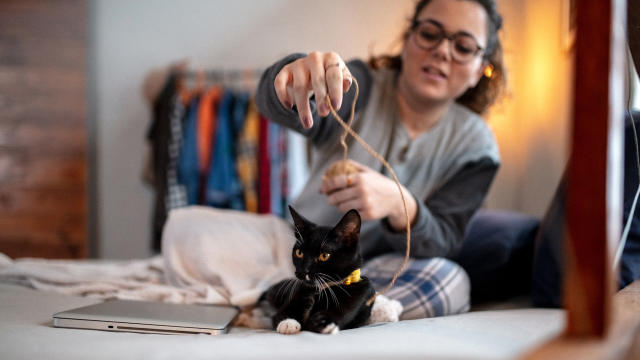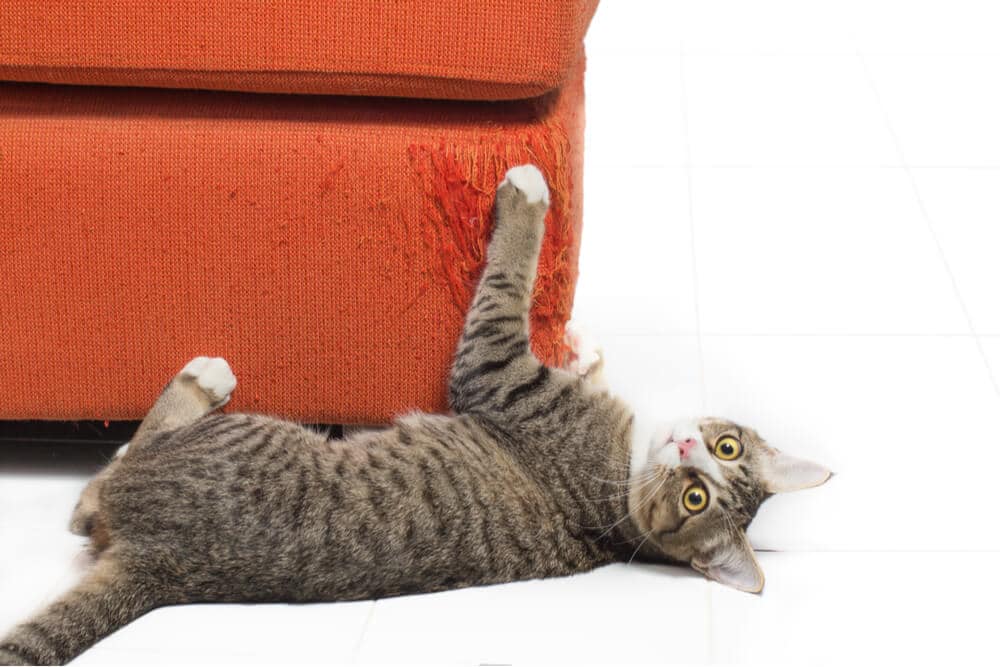Welcome to the definitive resource for cat owners embarking on the journey of training their furry companions. Whether you’re a novice or seasoned pet parent, this guide will equip you with the knowledge and strategies to foster a harmonious relationship with your feline friend. Let’s dive into what will be the Best cat training tips for beginners!
1. Understanding Your Feline Friend
Gain insights into the unique behaviors and instincts of cats, laying the foundation for effective training methods. Delve into their natural habitat, social dynamics, and communication cues to decode their language effectively.

1.1. The Essence of Cat Behavior
Unravel the mysteries of cat behavior, exploring concepts such as territoriality, prey drive, and hierarchy within their social structure. Understanding these fundamentals is crucial for devising training approaches that resonate with your cat’s instincts.
2. Creating a Cat-Friendly Environment
Craft a conducive living space that promotes your cat’s physical and mental well-being. From setting up interactive play areas to providing vertical territory, discover how environmental enrichment can enhance your cat’s quality of life.

2.1. Litter Box Mastery
Master the art of litter box training, addressing common pitfalls and troubleshooting strategies for litter aversion. Explore the importance of litter box placement, substrate preferences, and maintenance routines to ensure a seamless transition for your cat.
3. Positive Reinforcement Techniques
Embrace the power of positive reinforcement to shape desirable behaviors and strengthen the bond with your cat. Learn how to effectively utilize rewards, clicker training, and operant conditioning principles to encourage cooperation and engagement.

3.1. Clicker Training Basics
Unlock the potential of clicker training as a versatile tool for teaching new behaviors and refining existing ones. Explore step-by-step guidelines for introducing the clicker, shaping behaviors, and troubleshooting common challenges along the way.
4. Addressing Behavioral Challenges
Navigate common behavioral issues with confidence, employing proactive strategies to modify unwanted behaviors and foster harmony in your household. From scratching to excessive meowing, empower yourself with effective solutions tailored to your cat’s individual needs.

4.1. Dealing with Aggression
Tackle aggression issues head-on with compassionate yet firm interventions, addressing underlying triggers and implementing behavior modification techniques. Explore the nuances of feline aggression, from play aggression to redirected aggression, and devise targeted strategies for resolution.
5. Health and Wellness Considerations
Prioritize your cat’s health and well-being, integrating preventive care measures and veterinary guidance into your training regimen. From nutrition to grooming, adopt a holistic approach to ensure your cat thrives both physically and emotionally.

5.1. Balanced Nutrition
Optimize your cat’s diet with expert recommendations on selecting high-quality food options tailored to their age, breed, and health status. Explore the significance of proper hydration, portion control, and dietary supplements in promoting optimal health and vitality.
FAQs (Frequently Asked Questions)
- How can I stop my cat from scratching furniture? Employ a multi-faceted approach, including providing appropriate scratching posts, deterrents, and regular nail trimming sessions.
- What should I do if my cat refuses to use the litter box? Evaluate potential triggers such as litter box aversion or medical issues, and implement corrective measures accordingly, such as adjusting litter type or consulting with a veterinarian.
- Is it possible to train an older cat? Yes, cats of all ages can benefit from training, although it may require patience and consistency. Focus on positive reinforcement techniques and respect your cat’s individual pace.
- How can I discourage my cat from jumping on counters? Employ deterrents such as double-sided tape or aluminum foil on countertops, coupled with providing alternative elevated surfaces and enrichment activities to redirect their behavior.
- What are some effective toys for stimulating my cat’s mental and physical agility? Experiment with interactive toys such as feather wands, puzzle feeders, and laser pointers to engage your cat’s natural hunting instincts and encourage active play.
- How do I introduce a new cat to my household? Gradually introduce the new cat to existing pets through scent swapping and controlled interactions, providing separate spaces and resources to prevent territorial disputes.





















